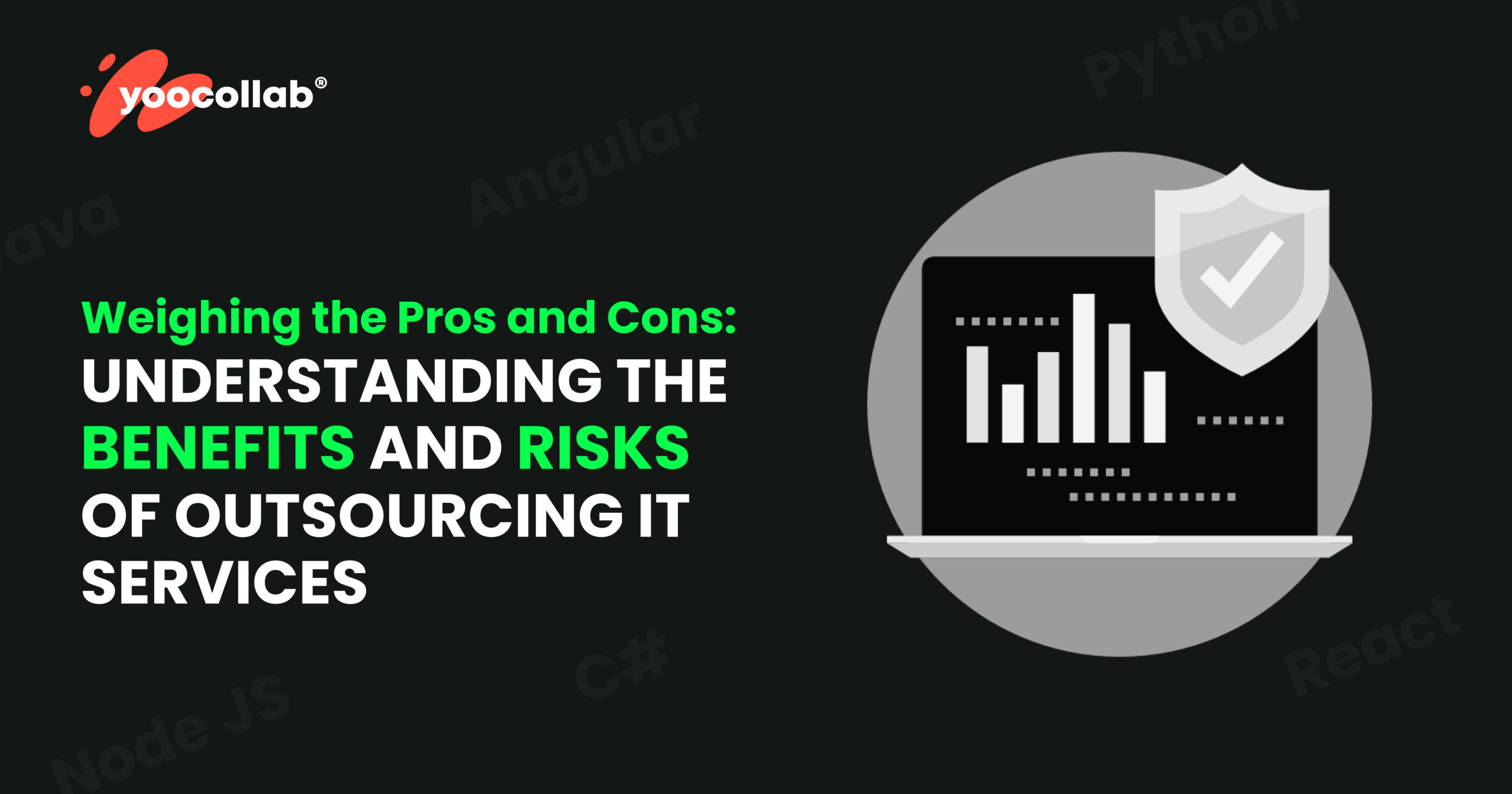
Weighing the Pros and Cons: Benefits and Risks of Outsourcing IT Services
Mar 20,2023
In conclusion, the decision to outsource IT services requires some serious thought and research. While it offers a lot of advantages and cost savings, there are also risks that should be considered. Companies who are deciding whether or not to outsource must take into account their current IT capabilities and needs as well as their long-term goals, in order to make an informed decision about whether or not outsourced IT services fits within their mission.
Yoocollab can offer you expert advice and guidance when it comes to expanding your IT resources through outsourcing.
We will assess your organizational needs, map out a tailored strategy for you that takes into account all of the risks and benefits associated with outsourcing, so that you can make an educated decision that best aligns with your company goals.
Reach out today on our website to get started with your free consultation.